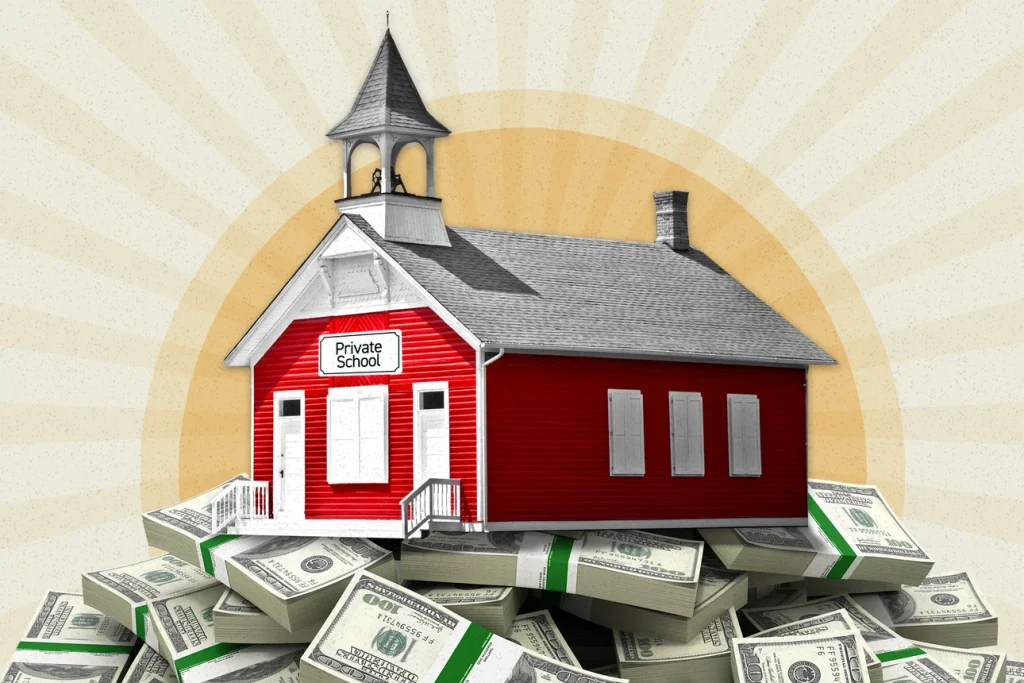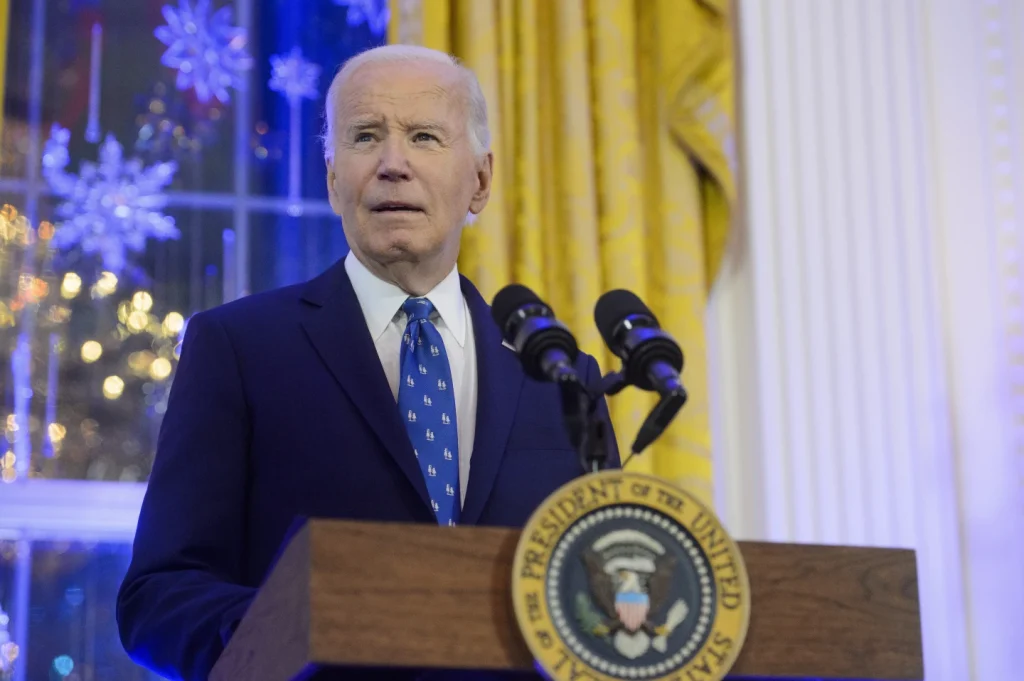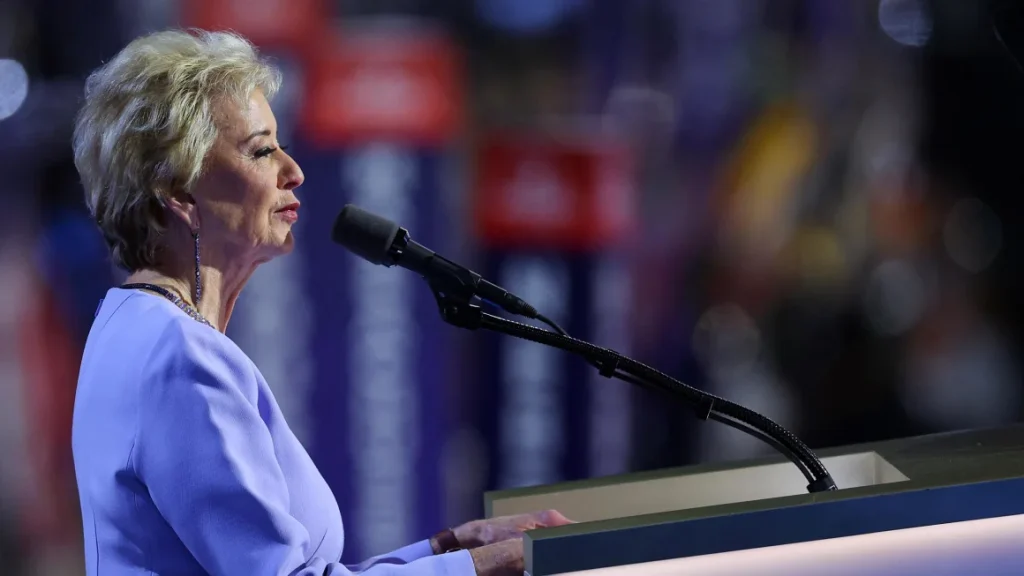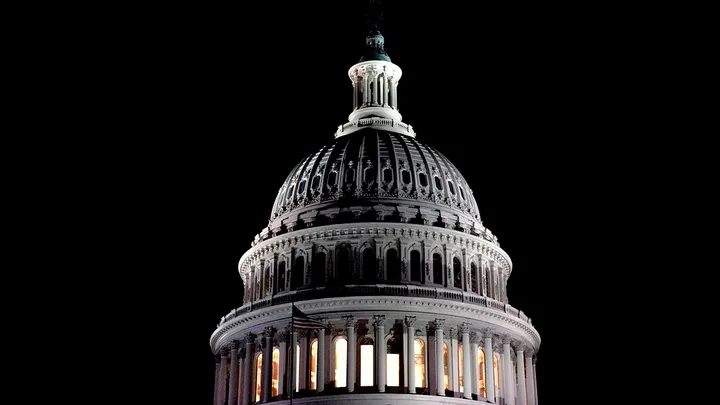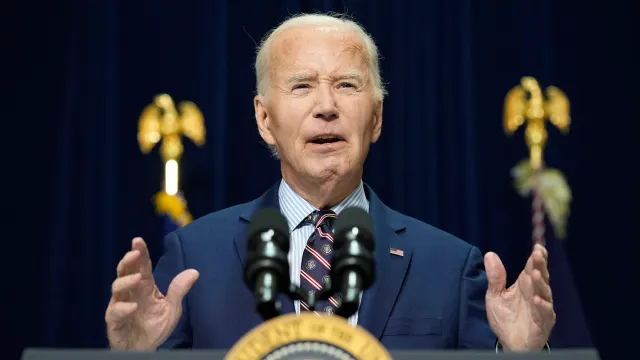Biden forgives $4.28 billion in student debt for 54,900 borrowers
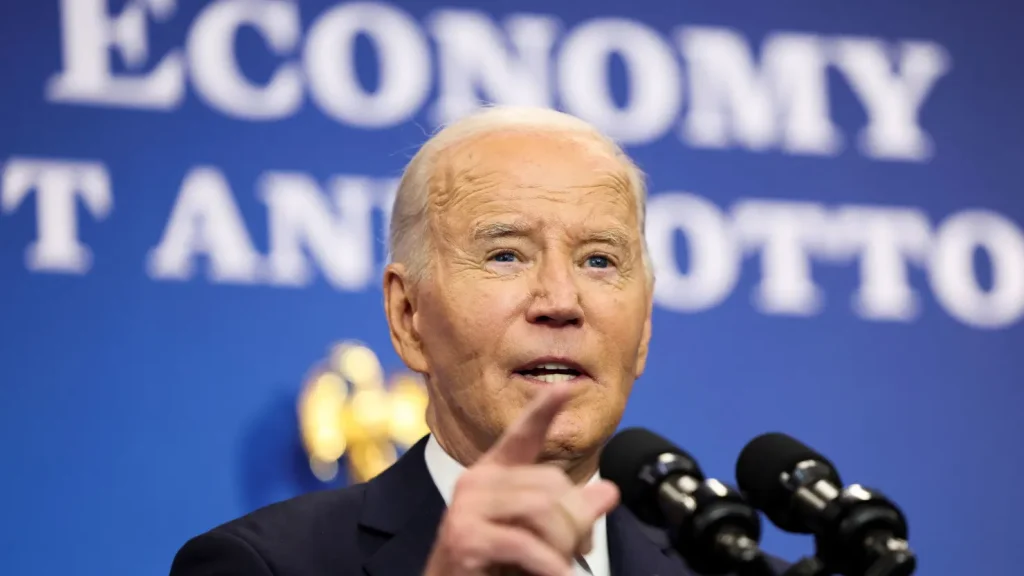
President Joe Biden has announced the forgiveness of $4.28 billion in federal student loans for 54,900 borrowers. This decision is part of the administration’s broader efforts to ease the financial burden on millions of Americans who have been struggling with student loan debt for years. The forgiveness applies to borrowers who have met certain eligibility criteria, to provide relief to those who have faced long-standing challenges in repaying their loans.
The $4.28 billion in student debt cancellation is a significant step forward in the Biden administration’s commitment to addressing the student loan crisis, which has been exacerbated by rising tuition costs and the economic impacts of the COVID-19 pandemic. According to the U.S. Department of Education, this is one of the largest debt cancellation actions to date, helping thousands of borrowers who have been stuck in the labyrinth of repayment programs or have faced difficulties qualifying for forgiveness under existing federal student loan programs.
The relief is being provided through the Public Service Loan Forgiveness (PSLF) program, which was designed to provide student debt cancellation for individuals who work in qualifying public service jobs, such as teaching, healthcare, law enforcement, and non-profit work. For years, many eligible borrowers were left in limbo due to issues with the PSLF program, including confusion about eligibility, a lack of proper guidance, and bureaucratic challenges. In response to these issues, the Biden administration has taken action to streamline the forgiveness process and ensure that more borrowers receive the relief they are entitled to under the program.
Under the new debt forgiveness initiative, borrowers who have made substantial progress toward their loan forgiveness through the PSLF program are now seeing their remaining loan balances wiped out. The Department of Education has also expanded eligibility criteria for PSLF, allowing borrowers who were previously excluded due to administrative issues to qualify for forgiveness. This includes borrowers who had been placed in the wrong repayment plan or had missed the required number of payments due to errors by loan servicers.
This debt forgiveness action is part of the broader efforts by the Biden administration to alleviate the student loan burden, which has become a significant issue for millions of Americans. Student loan debt in the U.S. has now reached a staggering $1.7 trillion, affecting approximately 43 million borrowers. The Biden administration’s move to forgive $4.28 billion in debt is one of several steps taken to provide financial relief and promote economic mobility for borrowers, especially those who have devoted their careers to public service.
The cancellation of $4.28 billion in debt will have a profound impact on the lives of nearly 55,000 borrowers. For many, this move will provide a fresh financial start, freeing them from the long-standing burden of student loan debt. It is particularly significant for individuals who have dedicated their careers to public service roles, often at lower salaries, and who may have struggled to make significant progress on their loans. The forgiveness will not only help borrowers financially, but it will also allow them to redirect their resources toward other critical needs, such as saving for retirement, purchasing a home, or investing in their families and communities.
While this action is being praised by many advocacy groups and lawmakers who have long pushed for student loan reform, it is part of a broader conversation about the future of student debt in the U.S. Critics of the current system argue that the student loan structure is inherently flawed and that sweeping reforms are needed to address the root causes of the debt crisis. Some lawmakers have called for broad-based student debt cancellation across the board, while others have emphasized the need for reforms to the higher education system to reduce the cost of tuition and make college more affordable for future generations of students.
Despite the growing calls for broader reforms, President Biden’s administration has framed this latest debt forgiveness initiative as a necessary step in addressing the immediate challenges faced by borrowers, particularly those who have served in public service roles. The forgiveness also aligns with the president’s broader economic policy goals of promoting equity and economic opportunity for all Americans, especially those who have been historically disadvantaged.
The announcement of the debt forgiveness has been met with mixed reactions. Supporters of the move argue that it will provide much-needed relief to borrowers who have faced the weight of student debt for years, while opponents argue that the forgiveness could be unfair to those who have paid off their loans or never took on student debt in the first place. Some critics also raise concerns about the long-term impact of such debt forgiveness on taxpayers and whether the system can be sustained in the future.
Nevertheless, the $4.28 billion in student loan forgiveness for 54,900 borrowers represents a significant effort to tackle the student debt crisis in the U.S. By addressing some of the challenges borrowers face and expanding the scope of existing forgiveness programs, the Biden administration is taking steps towards alleviating the financial burdens of student debt, particularly for those working in public service.
As the U.S. continues to grapple with the issue of student loan debt, the Biden administration’s decision to forgive billions of dollars in loans is a major milestone. It remains to be seen whether this action will spur further reforms to the student loan system or if it will pave the way for even larger-scale debt cancellation initiatives in the future. For now, nearly 55,000 borrowers are celebrating the end of their debt burdens and the opportunity to move forward without the weight of student loans holding them back.


